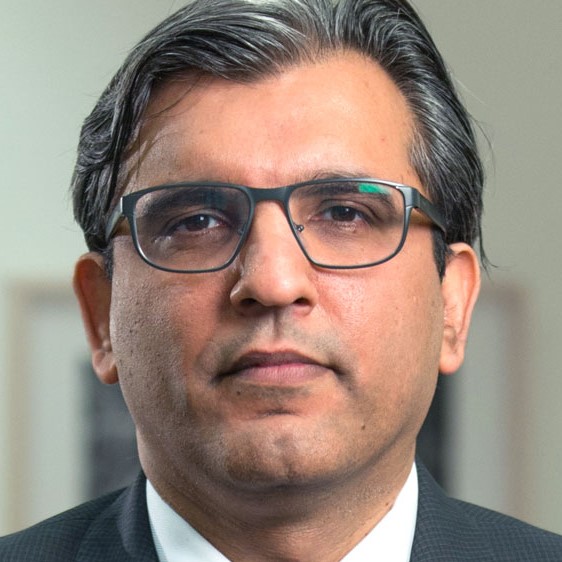The US Federal Reserve cut rates by 25 basis points as expected, taking the Fed funds target range down to 4.0-4.25 per cent. The accompanying statement, which reiterated downside labour market concerns, and rated inflation as only “somewhat elevated”, demonstrates the extent to which this Fed has pivoted its focus towards the labour market and away from worries over upside inflation risks. This pivot was underlined by the Summary of Economic Projections (SEP) dots, which validated market pricing for two more interest rate cuts this year.
In the press conference, Chair Jerome Powell spoke much more hawkishly on the outlook for interest rates than was implied by the statement. Powell reiterated that the committee is still in a meeting-by-meeting mode and has not yet committed to a pre-set path. He characterised the economy as “not bad” and said the unemployment rate was still low by historical standards. He also referenced Tuesday’s strong retail sales report, saying rising consumer spending and incomes came in “well above expectations”. He reiterated the more dovish reaction function previously laid out at this year’s Jackson Hole conference, which emphasised the need to move closer to neutral as the risks to inflation and unemployment become more balanced. Powell himself claimed that the risks to unemployment are to the upside. And yet that messaging was out of sync with the rest of Powell’s narrative on the economy.
Looking ahead, we forecast a less predictable reaction function at the Fed. We expect two more cuts followed by a pause from the central bank this year. But when we look forward to 2026, and the prospect of a new Fed chair from May 2026 onwards, the chances rise of additional interest rate cuts that are not consistent with a 2 per cent inflation target. We’ve argued since 2022 that the US economy’s new equilibrium inflation rate will be closer to 3 per cent than the 2 per cent over the previous decade, and this newly politicised Fed supports that view. Additionally, recent commentary from Treasury Secretary Scott Bessent and others suggests that the administration wants broader reforms at the central bank. All of this points to the possibility of an even larger break from the Fed’s old reaction function, making it vital to track not just policy, but the politics driving it.
View from Asia
The Fed’s cut in interest rates and further expectations of more to come may reduce some concerns about yield differentials with the US and prompt further monetary easing in some Asian countries, particularly those facing greater economic challenges. The overall policy stance across the region will likely become more accommodative, but differences will persist due to varying economic conditions, such as inflation trends, payback from exports frontloading ahead of US tariffs, and exposure to the evolving growth dynamics in major economies - particularly the US and China.
We anticipate that the resumption of Fed easing could provide more room for China’s PBoC to manoeuvre as it addresses multiple mandates including supporting growth, restoring inflation, and maintaining currency stability.
While the market does not expect the Bank of Japan to change its policy settings imminently, there are expectations for further hikes as inflation in Japan remains above target. India’s recovery may lean more on domestic growth due to weaker external demand and higher US tariffs. However, as India’s CPI is near the lower end of the RBI’s target, there is ample room for policy easing to bolster growth if needed.









































